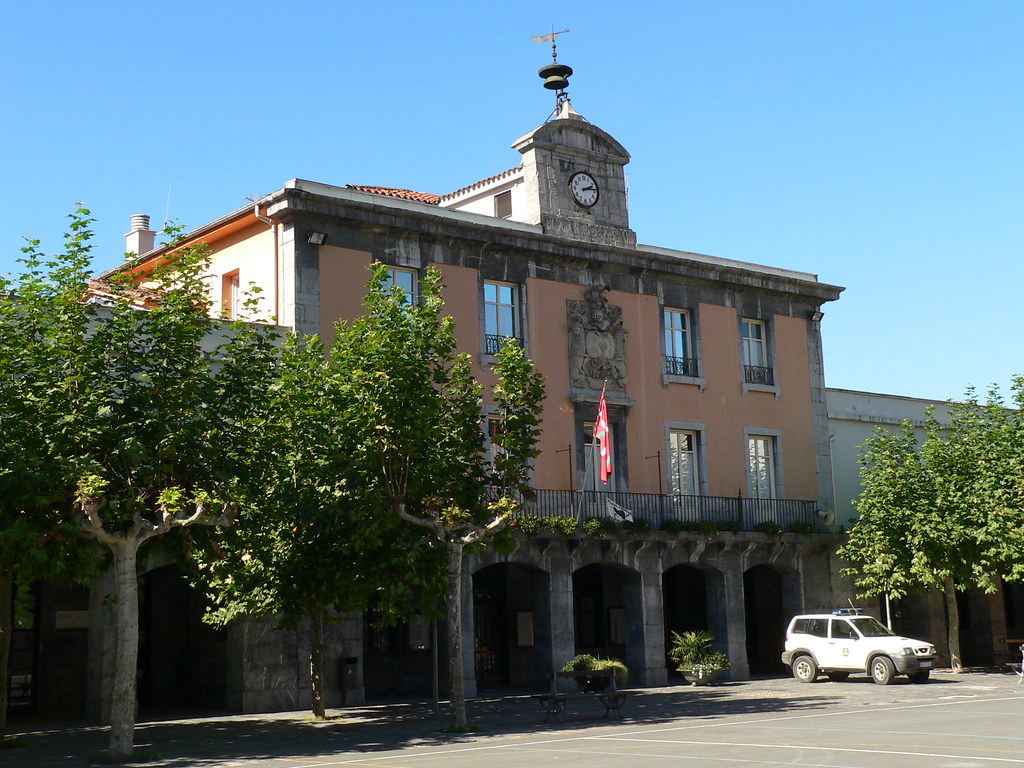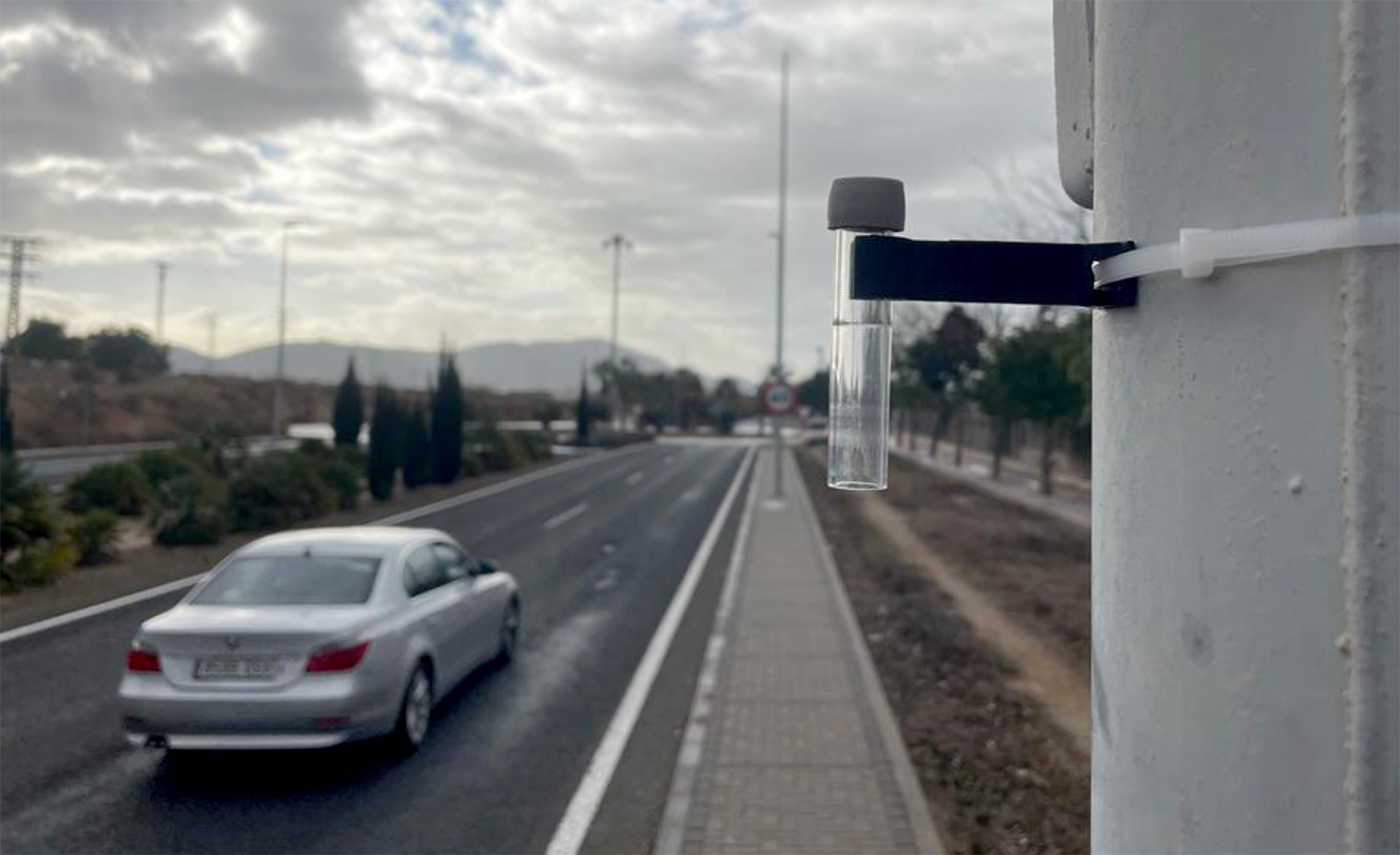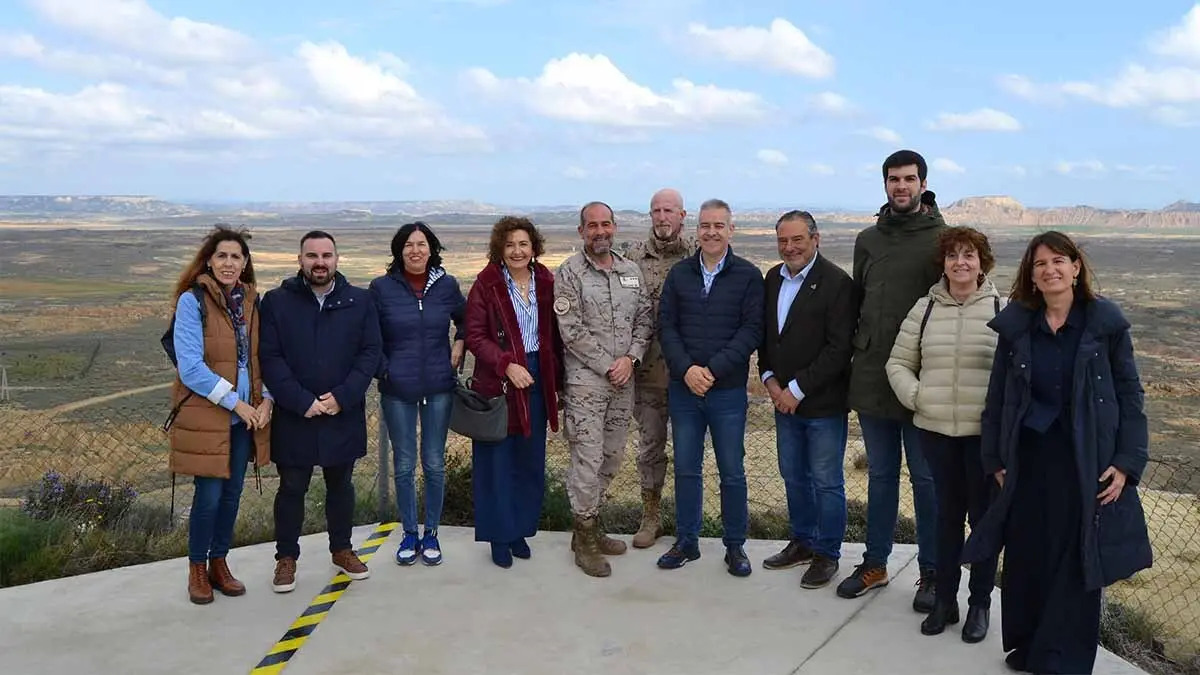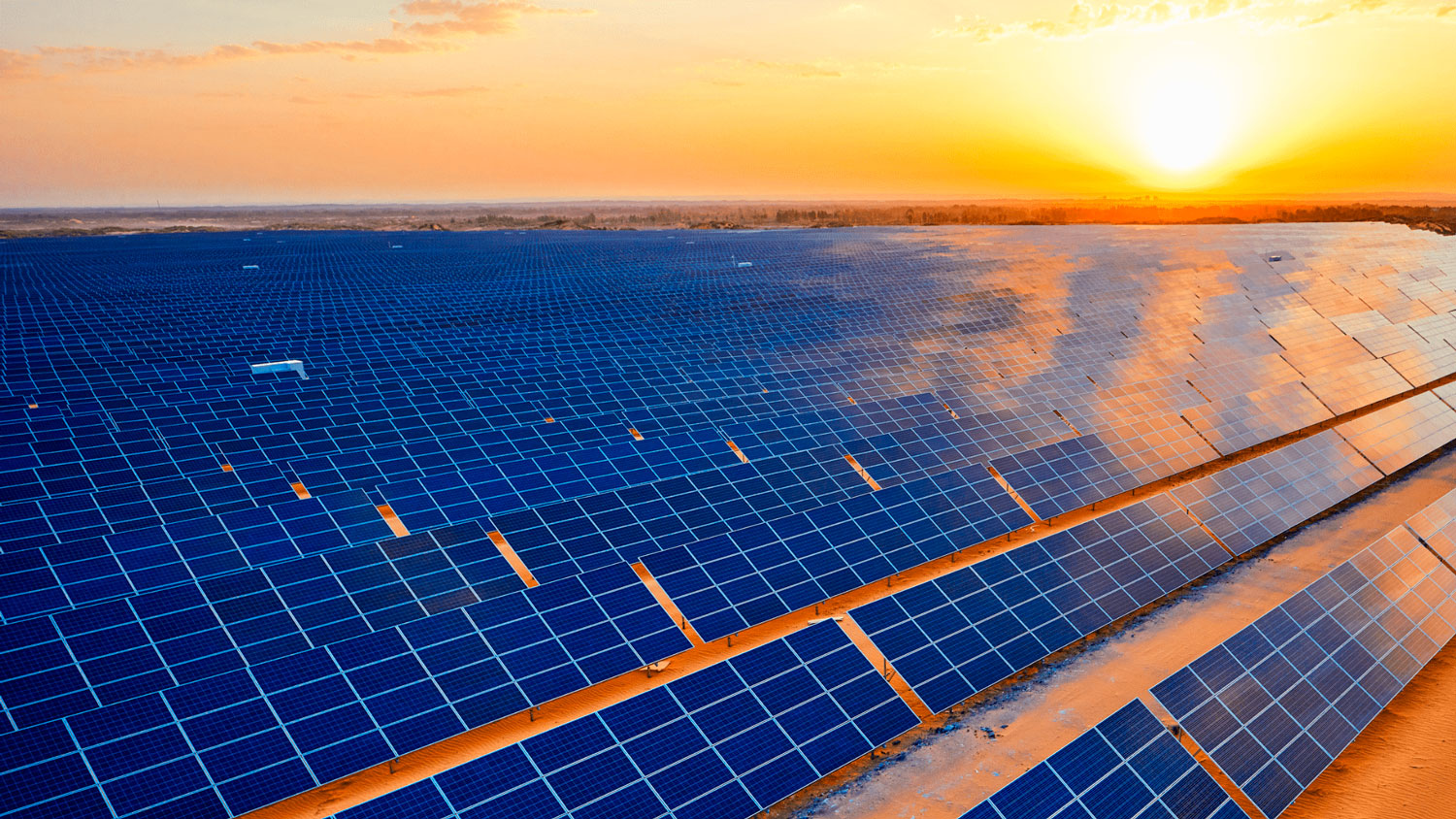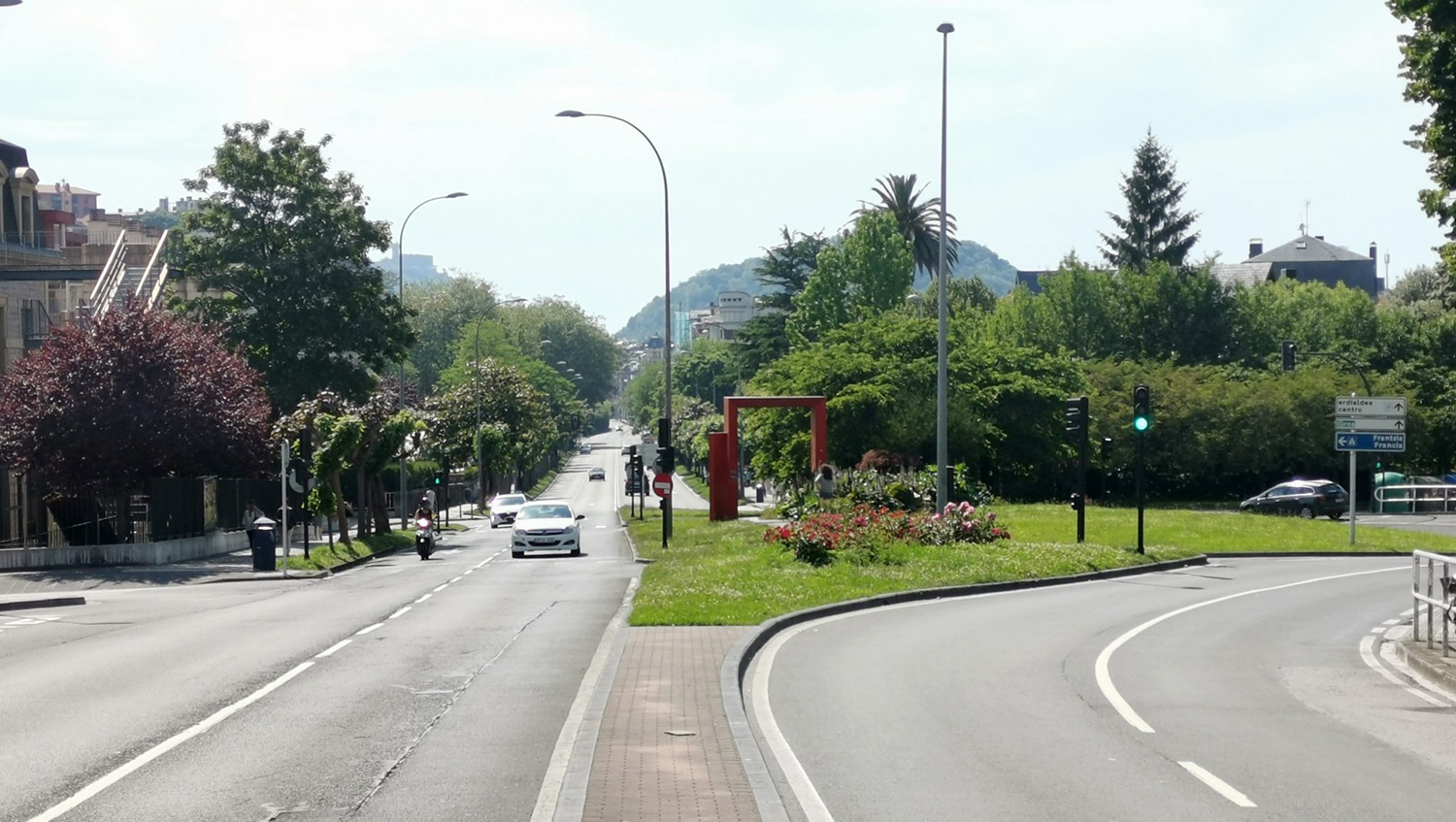ChatGPT also knows that data centers will steal millions of liters of water from us.
- By pooling artificial intelligence, tech multinationals have multiplied their plans to build large cloud data centers. The mega-fabric ecological footprint with computer equipment is huge: in addition to electricity, they need millions of liters of water to cool their systems. Streams and groundwater layers are deteriorating as a result of limitless growth.

The reader will surely remember the announcement of Amazon just over a month ago: As he explained, the data centre in Aragon will disburse EUR 17.5 billion to multiply it by six. Just a hundred kilometers from the Ribera de Navarra, it will create one of the world’s largest hub or centers in this area through its subsidiary Amazon Web Services.
But it is not the only multinational with such intentions. Another big tech, called the tech giants, Microsoft, recently announced that it wants to create a “cloud region” by uniting its infrastructures in Madrid to offer “artificial intelligence solutions” to its clients, including Mapfre, Naturgy, Telefónica, as well as the Government of Navarra, through a collaboration agreement recently signed with President María Chivite.
Artificial intelligence, which is said to make life easier in just one click, hides an unsustainable social model, and the first problem is ecological: that supposedly virtual and ethereal cloud that grows without data storage limits needs enormous energy to stay physically, from the extraction of minerals to the commissioning of data center servers across the chain.
Applications like ChatGPT, which work with Chatbot, have generated huge computing demand. To respond to this, “hyper-scale” data centers are being built, not like the ones we have known so far: “The difference is not only in size, but also in the concentration of power and in the technology used”
Applications like ChatGPT, which work with Chatbot, have generated huge computing demand. To respond to this, data centers of the “hyper-Spanish scale” such as that of Aragon are being built. These data centers are not like the ones we've known so far: “The difference is not only in size, but also in the concentration of power and in the technology used,” explained Tu Cloud Seca, activist of the Mi Río platform, Aurora Gómez, in the debate Al lío de Canal Red: “So far the centers needed incredible energy, and yet, with them they say they will spend less energy, but to do so they put water in large quantities to cool the servers.”
Gómez and their environment created the platform in Talavera de la Reina (Castilla-La Mancha, Spanish State) when Meta decided to install one of these hyperscale centers near the Tagus River. “If I am here it’s because of Mark Zuckerberg,” he explained to the presenter. In Talavera de la Reina, the multinational owner of apps like Whatsapp or Instagram intends to build their data center in a wider area than the industrial estate there, and will use millions of liters of water to refrigerate their internal servers. The maintenance of these centres estimates an average of 25 million liters of water a year, a quantity that a large city needs.
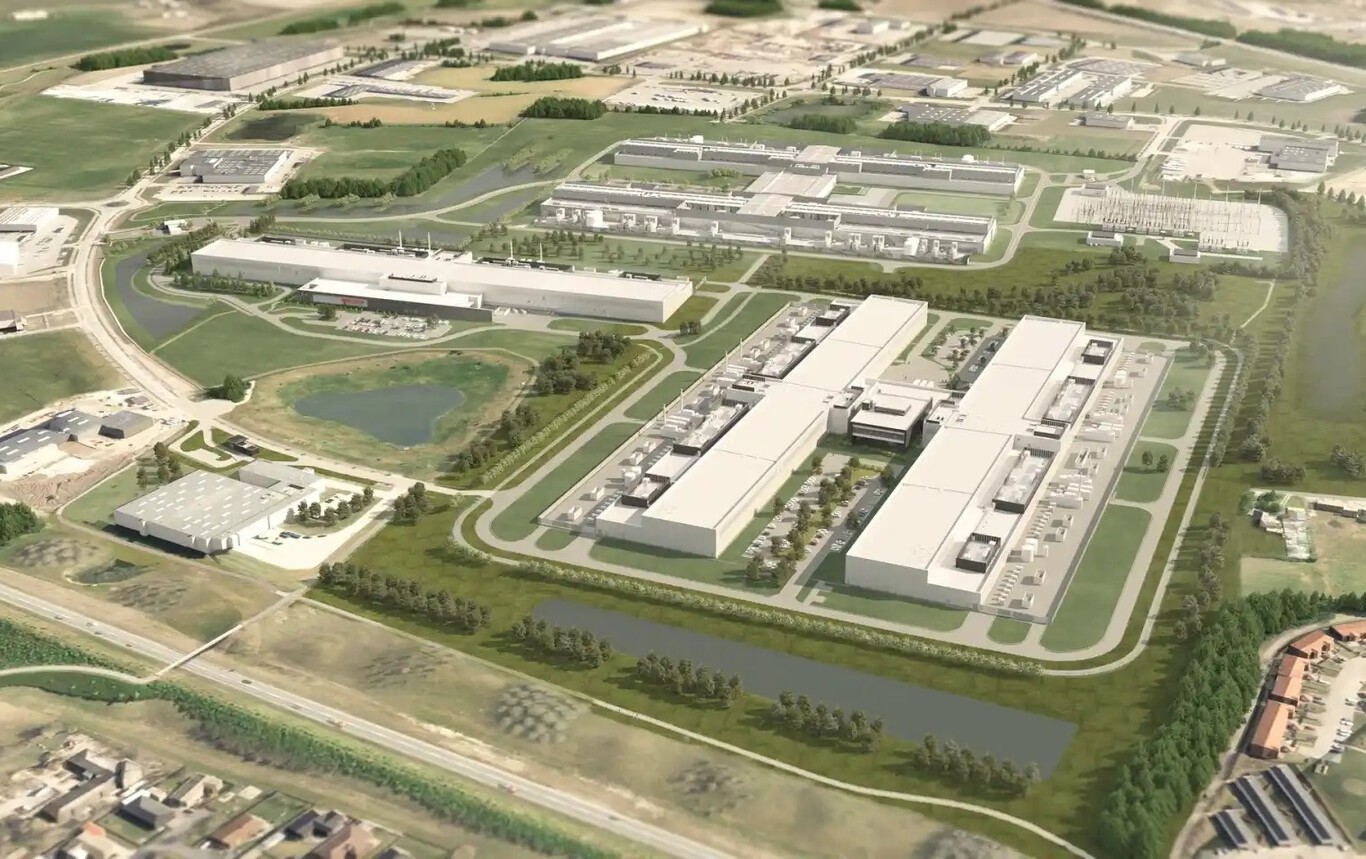
The case of the data center of Aragon is very similar to that of Madrid. The right-wing president, Jorge Azcón, said in the presentation of the Amazon project that he wanted Aragon to be “European Virginia”: “Those words seemed incredible to us,” says Gómez, because all social movements know that this state of the United States is the one that has the most data centers in the world and has completely dried it up. In Virginia, people are reusing the water from the waste to be able to drink, as all the drinking water has been taken by the data centers.”
In Canal Red, Gómez has discussed his struggles against this type of infrastructure in Chile, Uruguay, the Netherlands, Ireland or Singapore, and has pointed out that in some places moratoriums have also been put in place. Therefore, they want to use the project of Metaren Talavera de la Reina to alert widely to the risks of other similar projects that are increasing in the Spanish state – only in Madrid and Barcelona, 500% more.
Ludism of the 21st century
Your Dry Cloud, from the Mi Rio platform, has denounced that multinationals play with rural regions suffering from depopulation and unemployment to steal resources from them: “They could have done it differently, spending less water, but this is pure techno-colonialism,” he says. Amazon, for example, will collect the water from the Gállego River of Aragon in a reservoir and use it directly connected to a tube for its data centers – the autonomous government has paid all the work.
“All these projects sell the idea of progress and employment, and if you choose, they insult you: They call you ‘ludita’”
Gomez talks about the experience. When I was a teenager, they built an airport in their village of Castilla-La Mancha, now in disuse, and expropriated the lands: “The families we complained about suffered ostracism and after 25 years many still do not speak to us because we opposed a macro-project that supposedly meant progress. All of these projects sell the idea of progress and employment, and if you're against, they insult you; they call you a ludite. But I'm very proud of it, because they were people who worked from the point of view of the class, and they wanted to do it with technology."
He says that when lectures are made, many turn to technosoluzionism: “They ask us: Couldn’t we use this technology?’ or Can’t we put data centers under the sea?... We with Eugeny Morozov's book The Madness of Technological Solver (The Madness of Technological Solver, Katz, 2016) beat them in the helmet: we can't. We can't solve the problems that arise with technology by using more technologies. What we have to think about is that those data centers centralize power, and for the people we come from anarchy, that's not a good idea. Decentralizing, being aware of the data we have, regaining sovereignty in all our steps… that’s what we should do.”
.jpg)
Explosion of water consumption
The authorities of the Spanish State continue to list the advantages of the territory to build data centres: “We have Europe’s best fiber network, seabed cables and many renewable energies that unite us with America and Africa,” explained El Diario.es Spanish Minister of Digital Transformation, José Luis Escrivá. But ministers elsewhere are also doing what they did to Xenpelar when he sold the beton at the Hernani fair: For example, Bruno Le Maire, who carries the Economy portfolio in the Macron government, wants to turn the French state into a “European leader” in this field.
At Reporter we have read the report Data centers: leur consommation d’eau will explode (Data centres: water consumption will burst) on the intention to expand the Amazon data centre in Wissous of 7,000 inhabitants of Île-de-France, with Fabien Benoit.
According to an experiment conducted by Californian researchers, every time we ask a question to ChatGPT we spend a bottle of 0.5 liters of water
According to the journalist and documentalist expert in the field, who has analyzed, among others, the case of Silicon Valley in a book, the project promoter is committed to the fact that the Wissous data center will scarcely spend water like the seven homes: “But the debate is open, because the water consumption of data centers in many cases is a blind angle. The equation is quite simple, says the journalist: data centers have more and more machines that produce heat and they have to be cooled down.” For this purpose, in addition to classical air conditioning, there are water circuits, both open and closed, as well as thermodynamic spray processes.
For Benoit, it is paradoxical to put the massive use of water as a “green” solution to energy consumption. It provides a figure to dimension the problem: Google has recognised in its latest environmental report that it removes 28 billion liters of water each year, two thirds of which are for data center cooling and water use has grown 82% since 2018.
But if you like, you can also use a more tangible language. According to an experiment conducted by Californian researchers, every time we ask a question to ChatGPT we spend a 0.5 liter water bottle. “Artificial intelligence will bring the explosion of water consumption,” they conclude. For example, AI spends as much water as the UK in 2027, as Reporter's journalist has explained.
Maoriek has an alternative: data communities
While large-scale data centres are being built around the world, in New Zealand, the maories will do the opposite and show the most technologically developed countries that progress is also a matter of vision. We have been able to meet him thanks to Asier Iturralde, ARGIA and Iametza informatics.
"The Iwi Māori (Maori community), created for Iwi Māori, is the only data storage infrastructure of this kind in the world," the Te Paola Tūwatawata network has been described in the Maori radio and television network. This data centre, which is expected to be opened in 2025, will take into account the digital sovereignty of teachers. To do so, they will take advantage of the "Kaupapa," a concept that teachers use to deepen knowledge, and "the servers of connection to the network will be based on the heart of the data: Maraas (sacred places), social societies and other large peoples such as iwi or maori", they explained.
Data are usually located in isolated department stores of sources and persons: "With this Kaupapa we are hosting the data in their proper place, under the protection of people with an important meaning of the data," said the promotores.Así, one of the main investments will be the development of the capacities of the iwien for the proper administration and maintenance of these places where data is stored.
This kind of data gets droplet to us, among other things, because so far tech giants like Google, Meta, Microsoft, Amazon, OpenAi, Apple and others are not required to report water consumption. By the end of 2023, a Directive was adopted in the European Union which states that infrastructures with a capacity greater than 500 kW must publish transparency reports on their energy efficiency.
It is no less, as damage can be irreversible, at a time when water has become a precious resource with the climate emergency: “We know that data center operators are drilling the water tables,” explains in the same report Cécile Diguet, co-author of the book Sous le feu numérique (under the Digital Fire). On the island of Île-de-France, especially in the department of Essonne, where Wissous is located, an ever lower level has been detected.
It is possible to start taking away from your head what you think the rainy Basque Country is safe from the threat of such infrastructures. We know that in Navarra Amazon wants to build at least two "large-scale" photovoltaic plants associated with these plants – as we announced in ARGIA – to decorate their energy consumption with the label "renewable", and we cannot forget that the port of Bilbao is one of the main destinations of submarine fiber cables in Europe. Some have begun to introduce the name of the “Bilbao-Navarra axis” into the thrombus of the competition to attract multinational data centres. Here they are.
Automatizazioaren eta abereen inguruan kuxkuxeatzen ari nintzela, ukuilu automatizatuen informazioa hasi naiz eskuratzen. Nire idazmahaiaren erosotasunetik idazten, gizakion kontsumorako modu masiboan esplotatzen ditugun abereen bizitzak nahiko penagarriak direla iruditzen zait,... [+]
Klima aldaketaren eraginez, munduko lurralde gero eta gehiago idortzen ari dira, milioika pertsonaren jarduera eta bizimoduak kolokan ezarririk. Fenomeno horren frontean dago India erdialdeko Maharashtra estatua, non klimaren berotzeari eta lehortzeari metatu zaizkien oihan... [+]













